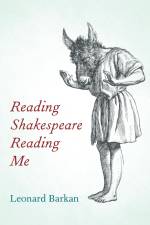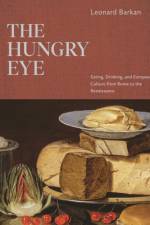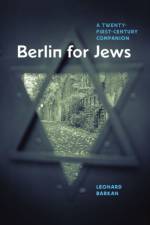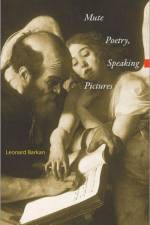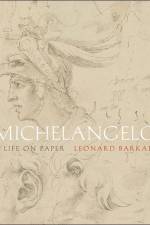av Leonard Barkan
535
A groundbreaking account of the role of writing in Michelangelo's artMichelangelo is best known for great artistic achievements such as the Sistine ceiling, the David, the Pieta, and the dome of St. Peter's. Yet throughout his seventy-five year career, he was engaged in another artistic act that until now has been largely overlooked: he not only filled hundreds of sheets of paper with exquisite drawings, sketches, and doodles, but also, on fully a third of these sheets, composed his own words. Here we can read the artist's marginal notes to his most enduring masterpieces; workaday memos to assistants and pupils; poetry and letters; and achingly personal expressions of ambition and despair surely meant for nobody's eyes but his own. Michelangelo: A Life on Paper is the first book to examine this intriguing interplay of words and images, providing insight into his life and work as never before.This sumptuous volume brings together more than two hundred stunning, museum-quality reproductions of Michelangelo's most private papers, many in color. Accompanying them is Leonard Barkan's vivid narrative, which explains the important role the written word played in the artist's monumental public output. What emerges is a wealth of startling juxtapositions: perfectly inscribed sonnets and tantalizing fragments, such as "e;Have patience, love me, sufficient consolation"e;; careful notations listing money spent for chickens, oxen, and funeral rites for the artist's father; a beautiful drawing of a Madonna and child next to a mock love poem that begins, "e;You have a face sweeter than boiled grape juice, and a snail seems to have passed over it."e; Magnificently illustrated and superbly detailed, this book provides a rare and intimate look at how Michelangelo's artistic genius expressed itself in words as well as pictures.

